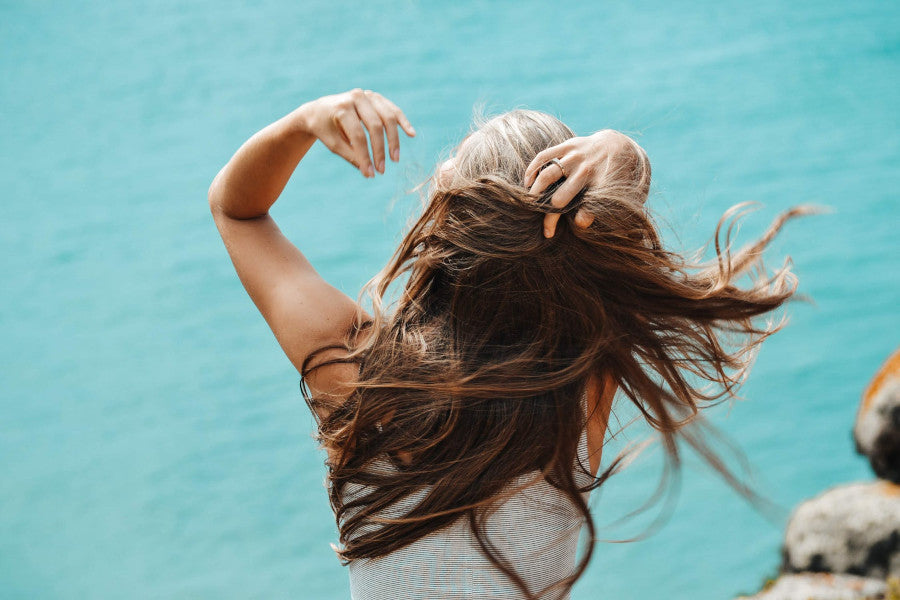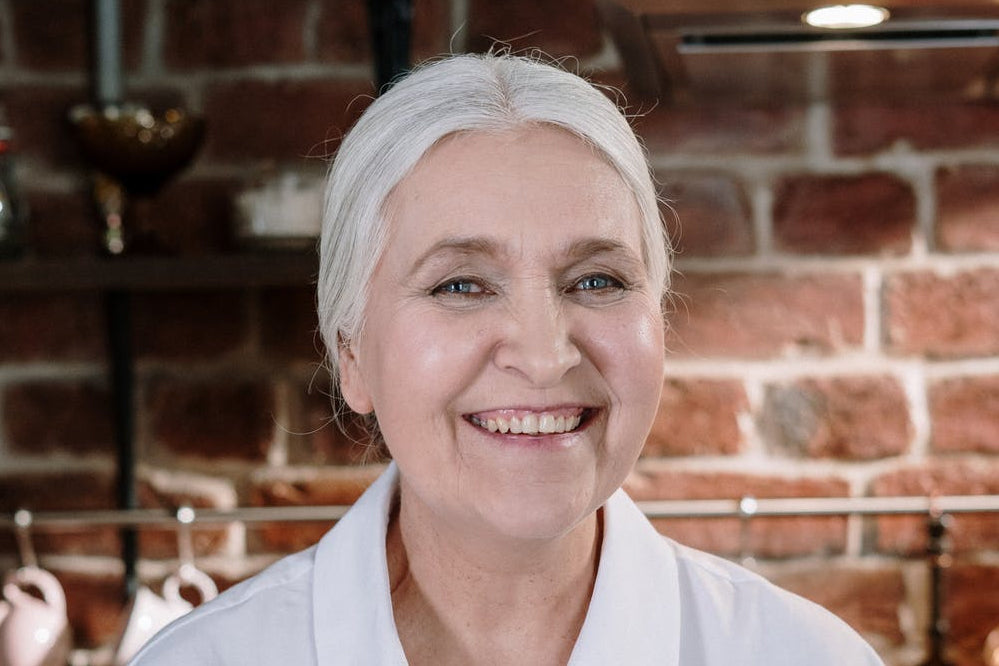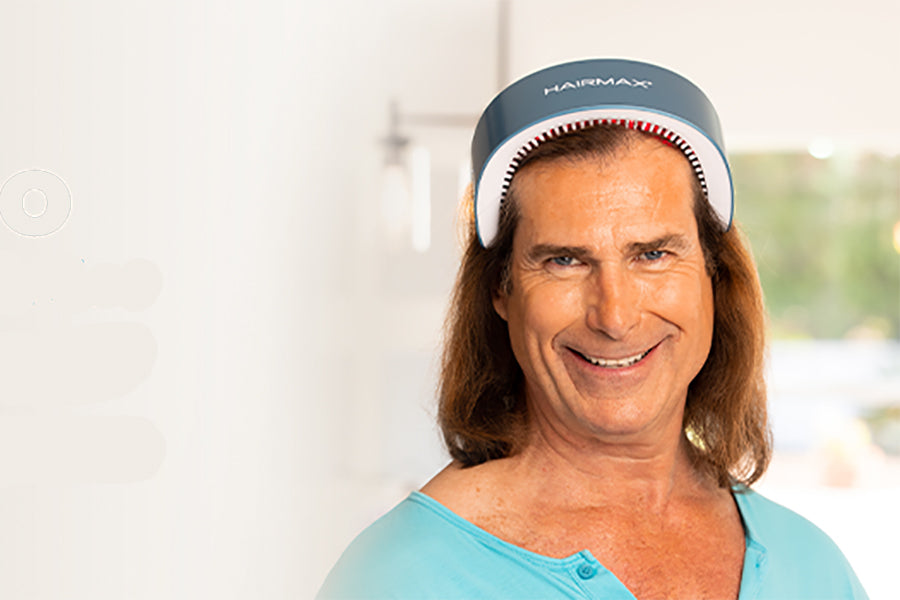Hair follicles are small, pocket-like holes in our skin and they grow hair. The average human has about 100,000 hair follicles on the scalp alone. Understanding the anatomy of hair is essential for understanding the process of hair growth. While hair colour and texture may vary, the actual anatomy of our hair is essentially the same from person to person.
Breaking Down Hair Anatomy
The human body is covered in hair. Most of these hairs are Vellus hairs, which are fine, short and colourless. But certain areas like the scalp, eyelashes and eyebrows have thicker, darker hairs called Terminal hairs.
Vellus hair is short, thin, slight-coloured, and barely noticeable hair that develops on most of a person’s body during childhood. Vellus hair is most easily observed on children and adult women, who generally have less Terminal hair to obscure it. Each strand of Vellus hair is usually less than 2 mm (1/13 inch) long and the follicle is not connected to a sebaceous gland.
Terminal hairs are thick, long and dark, as compared with Vellus hair. During puberty, the increase in androgenic hormone levels causes Vellus hair to be replaced with Terminal hair in certain parts of the human body. These hairs can be found in abundance on the scalp, in the pubic region, under the arms, and on the face (males only).
Each hair is made up of two parts: the hair shaft, which is the visible part of the structure; and the hair follicle in the scalp, which produces and grows the hair shaft.
The Hair Shaft
The hair shaft is the part of the hair anatomy that you can see on the surface of your skin. The hair shaft is primarily made up of a protein called Keratin. Keratin, which is formed from the breakdown of amino acids in the proteins we eat, is also an important component of our skin and nails. This part of the hair structure is non-living, which is why haircuts don’t hurt!
The Hair Follicle
The hair follicle itself is made up of the papilla and the bulb. The papilla contains tiny blood vessels that deliver blood supply to the hair follicle. The papilla nourishes the hair follicle with the necessary nutrients for hair growth. The bulb, which surrounds the papilla, is where the hairs’ cells divide. Cells of the bulb divide much faster than the other cells in the human body.
How the Hair Anatomy Can Affect Hair Growth?
Damage to the hair shaft can cause breakage, limiting hair length, which can make it seem like hair growth has slowed down. Following healthy hair care habits like reducing heat styling, chemical straightening treatments and bleaching can help minimise breakage and damage. Eating a healthy, balanced diet is also important for hair growth so the hair follicle can receive proper nutrients from the blood supply.
Low Level Laser Treatment Regrows Your Hair
With this treatment, therapeutic light energy is delivered directly to your hair follicles through the highest quality medical-grade lasers. It uses safe, nourishing low level laser light energy to stimulate the hair follicles at a cellular level. This helps to promote hair growth and extend your hair’s natural growth cycle. HairMax are the leading brand in this field and their lasers have been independently cleared by the FDA to work for hair loss.
☎️ 01625 533588 our friendly customer service team
#hairmax #hairscience #malehairloss #femalehairloss #hairgrowth #hairlosstreatment




Share:
Football and Hair Loss
Ways To Prevent Hair Loss Before It Starts